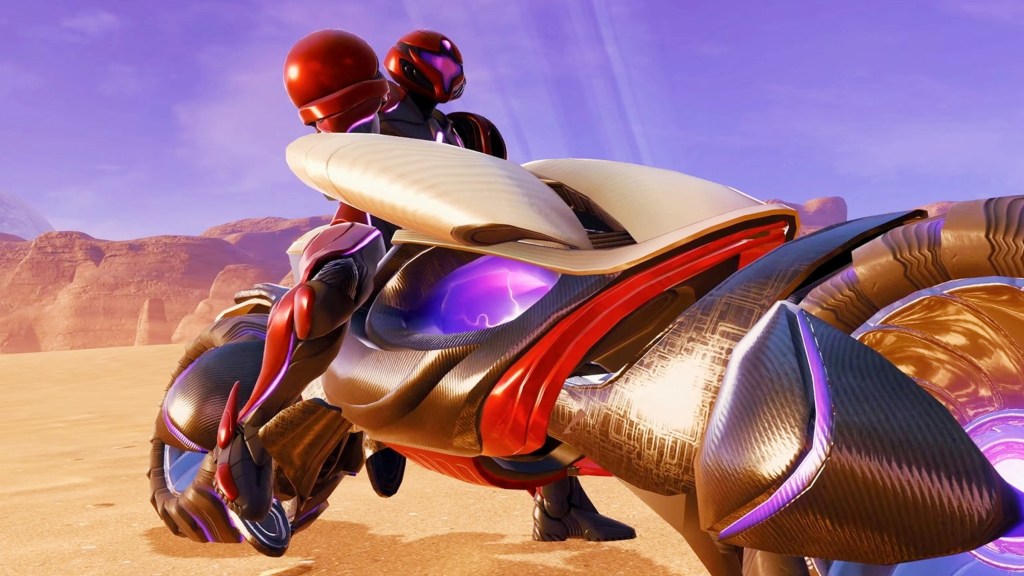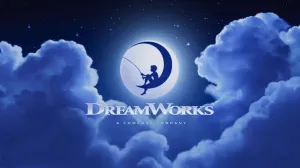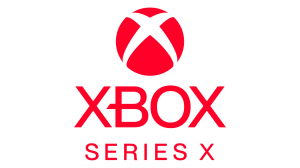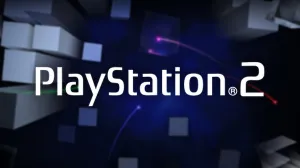The launch of the Nintendo Switch 2 has sparked a wave of excitement across the gaming world. The original Switch had already captured the hearts of players, and Nintendo’s sequel offered improved hardware and new experiences. With strong software support, bundled titles, and an evident shift in strategy, the Switch 2 is rewriting expectations for what a console can achieve in its first year. Nintendo is no stranger to successful consoles, as the Wii is one of the best-selling consoles of all time. Still, no one could have predicted how quickly it would pass milestones.
Videos by ComicBook.com
As of September 30, the console had already eclipsed the 10 million-unit threshold, a milestone that already places it within striking distance of outpacing one of Nintendo’s less successful recent systems, the Wii U. This date is crucial. These figures came before the holiday rush, in which we’ll likely see a huge increase in units sold. Given this trajectory, many analysts now believe the Switch 2 will surpass the lifetime sales of the Wii U before most expected, especially as first-party games release more frequently.
Strong Start Gives Switch 2 a Clear Lead

To understand just how significant the Switch 2’s early performance is, it’s worth putting the numbers into context. The Wii U, despite being part of Nintendo’s home console lineup, ultimately sold approximately 13.56 million units worldwide over its entire lifetime. By contrast, as of September 30, the Switch 2 had already sold over 10 million units. This figure only covers the first few months of its release, whereas the Wii U was released in 2012. This puts the Nintendo Switch 2 on track to surpass this in less than a year.
These two data points imply that the Switch 2 needs fewer than 4 million additional units to surpass the Wii U’s total. With high demand entering the holiday season, restocks, bundles, and new games all lining up, it is now highly plausible that Switch 2 will overtake Wii U within just six months of release. That pace is significantly faster and stronger than the expectations many analysts had when the console was announced.
This shift is not just about raw hardware numbers. It signals a re-energized Nintendo strategy: combining solid first-party titles, clearer messaging, and robust launch support. From the perspective of a fan who’s watched Nintendo struggle during the Wii U era and then rebound with the original Switch, I’m glad to see that the company learned hard lessons. The momentum of Switch 2 reflects improvements in production, marketing, and overall appeal.
What This Means for Nintendo’s Future

If the Switch 2 indeed overtakes the Wii U in record time, the implications for Nintendo’s broader console and gaming strategy are meaningful. First, it provides proof that the hybrid model of console/handheld remains viable and that fans are still hungry for innovation from Nintendo. The fact that this momentum comes at the start of a new generation shows that the brand trust remains high. You also have to consider how many other companies are branching out into the handheld market as well.
Second, the early success creates a stronger foundation for Nintendo’s first-party and third-party titles. When a console has sold in tens of millions early, game developers and publishers take notice. For players and developers alike, this amplifies the appeal of investing time, money, and creative energy into the platform. Many developers have already ported their games to the Switch 2, and several have seen great success, like Cyberpunk 2077. Upcoming first-party titles, like Metroid Prime 4, will also pull in players.
Third, surpassing the Wii U so soon lowers the pressure on Nintendo’s long-term lifetime expectations. The Wii U’s modest sales had burdened Nintendo’s legacy, and the timing of this milestone is perfect. The Switch 2 has all the ingredients to not just beat the Wii U’s lifetime sales but to leave that number far behind, and the holiday season will likely be the final push it needs to surpass the Wii’s successor.
Why the Wii U Comparison Matters

When looking at the Wii U, you are looking at a cautionary tale in modern console history. Nintendo’s missteps: confusing messaging, weak third-party support, and marketing that failed to clearly explain what the Wii U was are all documented. The system had promise, but never achieved the scale needed to support a robust first-party era in the way the Wii or original Switch did. I loved the Wii U and even I know it failed spectacularly.
By outperforming the Wii U so early, the Switch 2 avoids many of the pitfalls that haunted its predecessor. From where I stand as a consumer and lifetime Nintendo fan, the difference is clear: the Switch 2 is entering the market with momentum and confidence. It also means that the bar Nintendo needs to clear is now lower. Beating the Wii U in six months becomes a benchmark, not a distant goal.
In practical terms, when a console sells 10 million units in a few months, the installed base begins to attract value: software revenue increases, accessory markets expand, and the platform becomes a destination for gamers rather than an afterthought. For Nintendo, that transition is already underway with Switch 2, and we will likely see more third-party developers support the console in the years to come.
What do you think? Leave a comment below and join the conversation now in the ComicBook Forum!









